Gaemagowon (개마고원)
15.2 Km 1 2023-11-23
1094 Sangmu-daero, Seo-gu, Gwangju
+82-62-366-3744
Gaemagowon is a hanu (Korean beef) restaurant that has been serving the Gwangju area for over 20 years. The menu includes a variety of dishes using hanu.
Mopyeong Village (모평마을)
15.8 Km 5947 2022-11-11
80, Sangmo-gil, Hampyeong-gun, Jeollanam-do
+82-61-320-1783
Located in Hampyeong-gun, Jeollanamdo, Mopyeong Village is a scenic farming village that is rich in tradition and history. From the moment you start walking down the stonewall-lined path into town, this small village will capture your heart. The village’s important history (including its title as the origin of Hampyeong-gun of Jeollanam-do Province) is evident in everything you see: from the traditional houses to the 500-year old forest. The area is home to 27 historical and cultural sites and the beautiful Haebochoen Stream, which is shaded by over 40 different types of trees including zelkova trees, nettle trees, and willow trees. Some of the town’s traditional houses, which are about 80 years old, offer guesthouse accommodations to tourists. They include Mopyeongheon, Sopungga and Hisomun (a house made of yellow sod).
In addition to the beautiful country scenery, there is a great selection of available programs that highlight the area’s specialties, including: mulberry-picking, silkworm-feeding and Korean traditional sauce-making. You can also visit a traditional watermill, which has been restored, and swim and splash around in the forest stream. Visitors are encouraged to try their hand at making green tea cakes at the traditional teahouse nearby.
The area of Mopyeong is full of things to entertain visitors, including a number of attractions and special events. Some of the area’s most praiseworthy attractions are the Hampyeong Butterfly Festival, the Cluster Amaryllis Festival in Yongcheonsa Temple, the Chrysanthemum Festival, and the Hampyeong Eco Park and Folk Museum.
Other towns well worth a visit in the Mopyeong area are Hamo Maeul, Ungok Maeul and Wonsan Maeul. A stay at Wonsan Maeul gives visitors a chance to experience firsthand the reality of an agricultural lifestyle by doing some activities like mulberry-picking. For a more low-key trip, make your way over to Ungok Maeul, where you can enjoy the fantastic scenery at the lake or take a relaxing walk along the hiking trails of Mt. Wolyangsan.
Lotte Himart - Gwangju World Cup Branch [Tax Refund Shop] (롯데하이마트 광주월드컵점)
16.1 Km 0 2024-04-16
240, Geumhwa-ro, Seo-gu, Gwangju
-
Lotte Mart - World Cup Branch [Tax Refund Shop] (롯데마트 월드컵점)
16.1 Km 0 2024-04-22
240, Geumhwa-ro, Seo-gu, Gwangju
-
Gwangju World Cup Stadium (광주월드컵경기장)
16.2 Km 12343 2021-06-11
240, Geumhwa-ro, Seo-gu, Gwangju
+82-62-604-2002
Gwangju World Cup Stadium is a major symbol of Gwangju. Designed to reflect the notion of ‘spreading far and wide’ the exterior is shaped like spokes of a wheel. When lit up, the stadium looks like a glowing dome. The ceiling and large ‘Y’-shaped pillars resemble a ‘Go,’ an instrument used in a traditional game from Gwangju, Gossaumnori. These architectural features were designed to capture and reflect the traditional aspects of Gwangju. The soccer stadium can accommodate up to 40,000 people at once and has many subsidiary facilities, including media center, athlete waiting room, medical care facilities, and more.
Lotte Outlets - Gwangju World Cup Branch (롯데아울렛 광주월드컵점)
16.2 Km 5897 2020-05-20
240, Geumhwa-ro, Seo-gu, Gwangju
+82-62-606-2500
Lotte Outlets - Gwangju Worldcup Branch is the first Lotte shopping outlet to provide famous local fashion brands at a lower price. It is connected to Lotte Mart - Worldcup Branch, so one can shop for both fashion and groceries at the same time. There are sports facilities near the store, including Gwangju World Cup Stadium and a swimming pool.
Gochang Munsusa Temple (문수사 (고창))
16.2 Km 30903 2024-04-07
135, Chilseong-gil, Gochang-gun, Jeonbuk-do
+82-63-562-0502
Nestled on the slope of Munsusan Mountain (alt. 621 m) in Gochang, Jeollabuk-do and Jangseong, Jeollanam-do, Munsusa Temple is located in the area of a dense mountain ridge to the west of Gosu Kiln Site in Gosu-myeon, and Josan Reservoir. The ridge features clean water and a thick forest that has remained uncontaminated due to its isolated location.
The temple's establishment date is uncertain. The temple houses Daeungjeon Hall (Local Tangible Cultural Heritage No. 51) and Munsujeon Hall (Local Tangible Heritage No. 52), as well as Myeongbujeon and Hansanjeon Halls. Daeungjeon is a small building featuring the unique architecture of gable roofing. Visitors will be fascinated by the temple's scenery, boasting valley waters flowing from dense forests. It is particularly beautiful in fall, when the autumn foliage harmonizes well with the colors of the old temple. The temple grounds are surrounded by a colony of maple trees 100 to 400 years old.
The Forest of Maple Trees at Munsusa Temple, Gochang, was designated in 2005 as Natural Monument No. 463. It covers the area from the entrance of Munsusan Mountain to the entrance of Munsusa Temple with nearly 500 maple trees lining the 80 meter-long path.
Jeonpyeongje Reservoir (전평제)
16.3 Km 6884 2021-04-29
9, Jeonpyeong-gil, Seo-gu, Gwangju
+82-62-365-4114
Jeonpyeongje Reservoir was built in 1943 to supply water for agricultural purposes to farms in the Maewol-dong and Byeokjin-dong regions as well as to prevent both floods and droughts. Starting in 1999, the reservoir was changed to a rest area, with a wooden deck crossing the reservoir to the man-made island in the middle. The area now serves as a waterside relaxation and eco-exploration space for family visitors.
Pungam Reservoir (풍암저수지)
16.3 Km 10140 2020-06-05
71-3, Woldeukeopseo-ro, Seo-gu, Gwangju
+82-62-365-4114
Pungam Reservoir was originally built in 1956 for agriculture, but was turned into a park in 1999 as part of the pilot program for developing parks nationwide. It is a popular resting area featuring traditional pavilions and wooden bridges.
Yeongmi Oritang (영미오리탕)
16.5 Km 8983 2021-09-13
126, Gyeongyang-ro, Buk-gu, Gwangju
+82-62-527-0249
Yeongmi Oritang has been serving up duck stew (oritang) to the community for over 80 years. Made with ground perilla seeds, soybean paste, chili powder, garlic, and other carefully selected ingredients, the duck is boiled in an earthen pot and seasoned with ginseng, jujube, and water parsley to suit each customer's individual tastes. The dish is served with kimchi side dishes, which are said to enhance the flavor of the duck meat. Since duck is known to be effective in treating liver and geriatric diseases, the restaurant is popular not only for its delicious flavors, but also for the health benefits of its food.
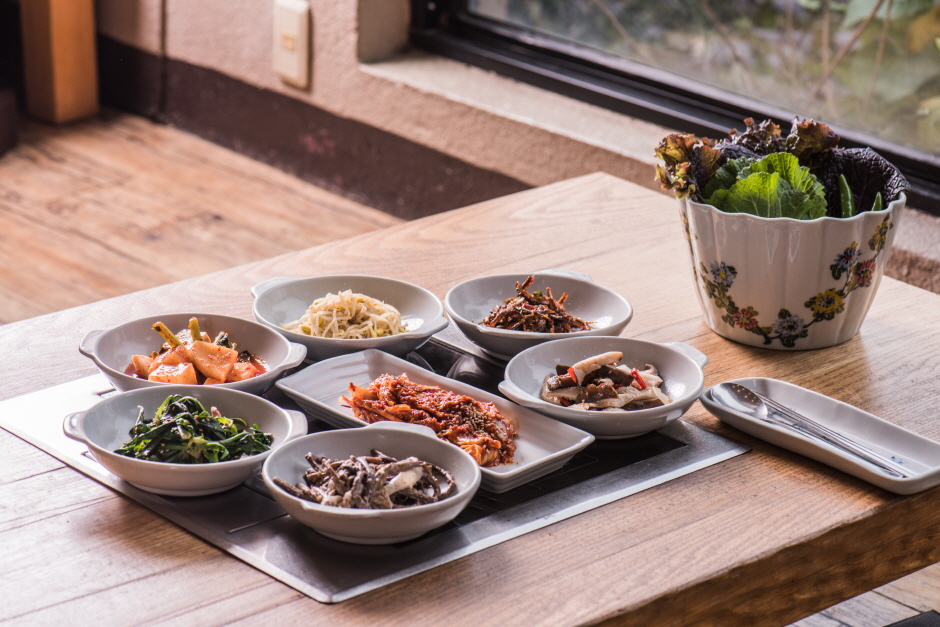
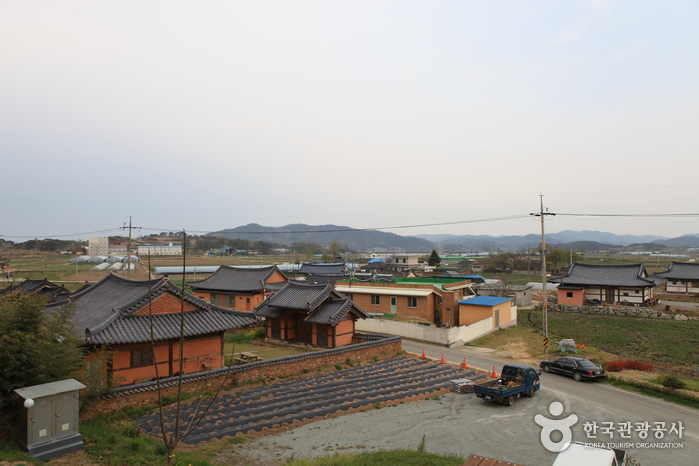
![Lotte Himart - Gwangju World Cup Branch [Tax Refund Shop] (롯데하이마트 광주월드컵점)](http://tong.visitkorea.or.kr/cms/resource/31/2886931_image2_1.jpg)
![Lotte Mart - World Cup Branch [Tax Refund Shop] (롯데마트 월드컵점)](http://tong.visitkorea.or.kr/cms/resource/30/2886930_image2_1.jpg)
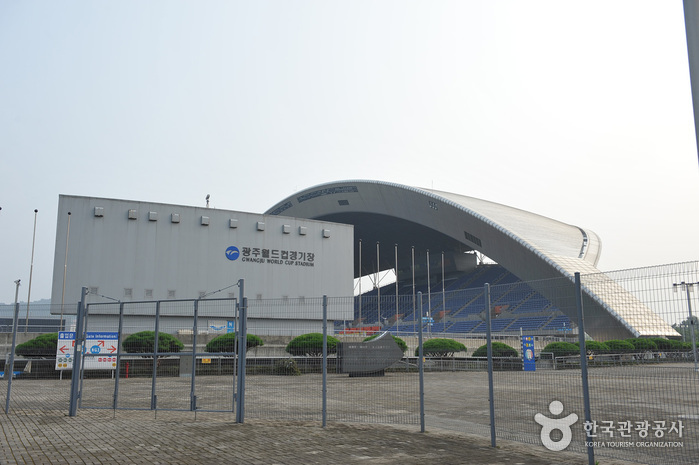
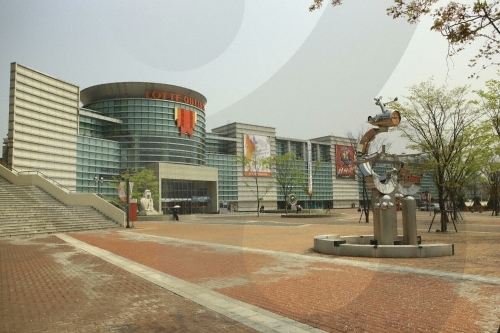

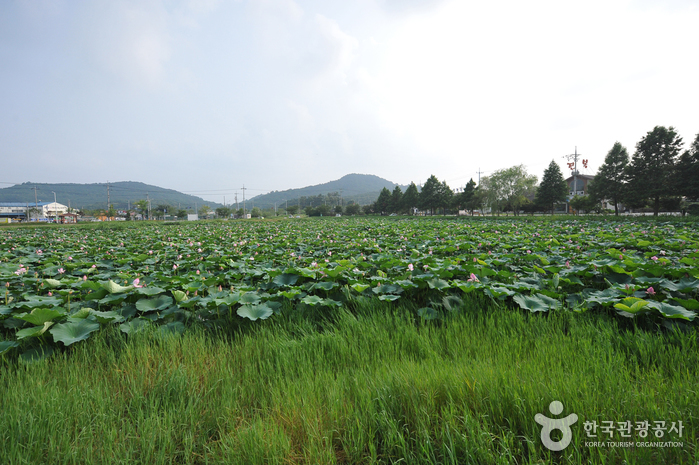
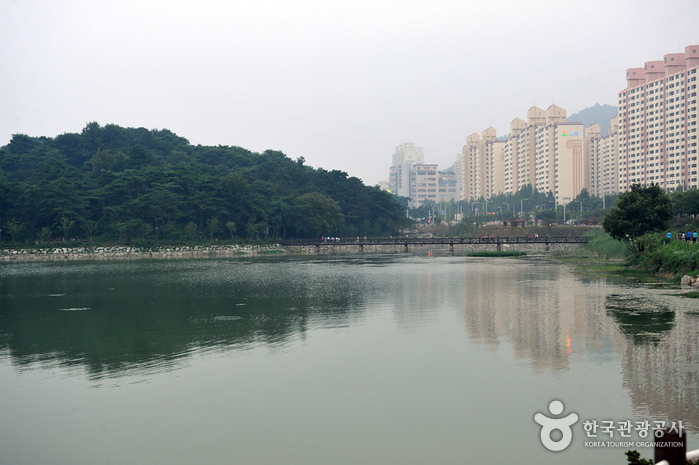
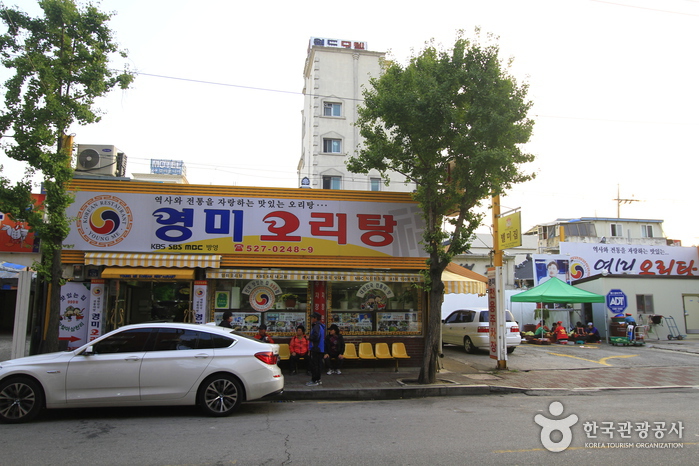
 English
English
 한국어
한국어 日本語
日本語 中文(简体)
中文(简体) Deutsch
Deutsch Français
Français Español
Español Русский
Русский